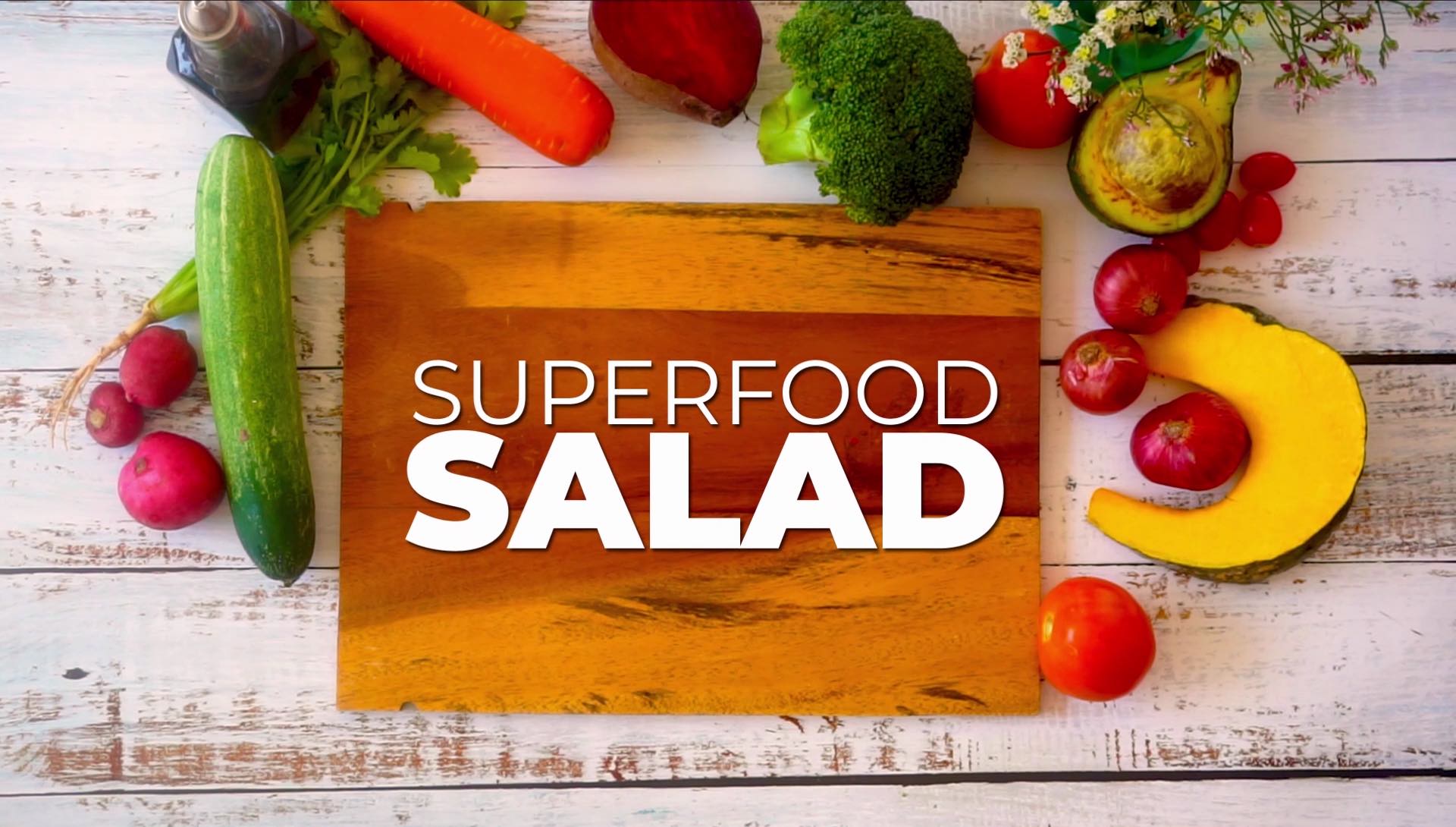How popular are superfoods?
In the 21stcentury we are living increasingly more hectic lifestyles. This has meant that we have no longer been eating a diet that is as nutritious as it should be. We are surrounded by an array of unhealthy foods that are, more often than not, easier to prepare and quicker to eat than healthier foods. As we are ever busier, people look to ‘eat on the run’ and so don’t necessarily have the time required to prepare a healthier meal.
A diet which has a significant amount of unhealthy foods is bad for all aspects of your health. These foods are often full of xenobiotics, synthetic flavours, colours and preservatives, pesticides and herbicides. Clearing these items from the body takes a lot of effort and leaves it under nutritional stress meaning we utilise the minerals and nutrients we do consume much quicker.
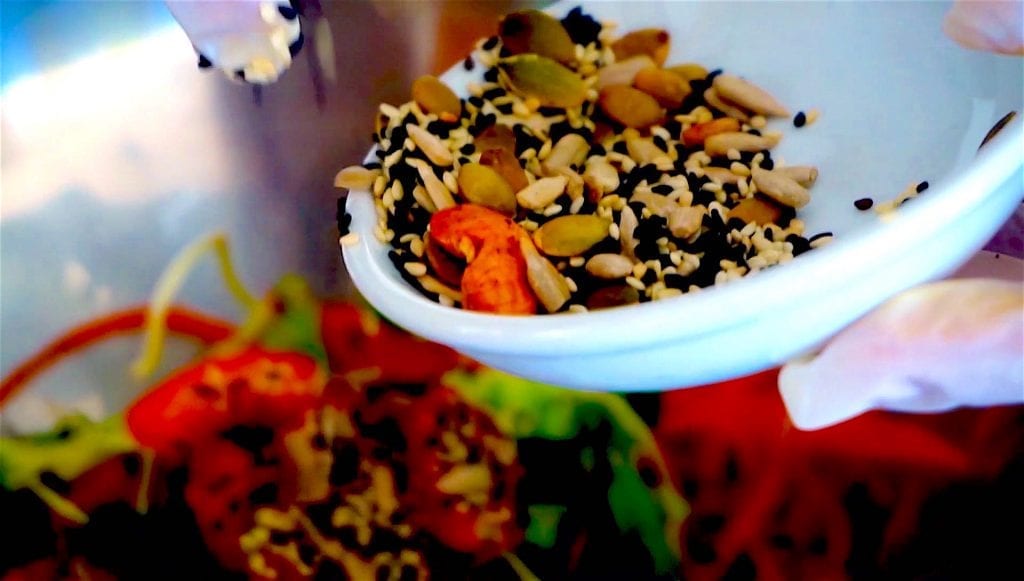 In addition to the effort the body has to make to remove harmful substances, the hectic lifestyles we lead are causing us to live under much higher levels of stress than previous generations and high levels of stress simply strips nutrients from the body.
In addition to the effort the body has to make to remove harmful substances, the hectic lifestyles we lead are causing us to live under much higher levels of stress than previous generations and high levels of stress simply strips nutrients from the body.
Whilst the modern age has led to these hectic lifestyles, the advances in technology have meant we now have the internet at our fingertips. Information is more readily available to us and we are becoming ever more aware of the need to lead a healthier lifestyle, in order to prevent more serious medical issues in the future.
More people are wanting to get fitter and older generations are wanting to do more to stay healthy. There are more platforms to assist with the sharing of healthy food recipes and it is becoming much easier to ensure we are consuming the correct foods to fulfil our daily nutritional needs.
The initial changes in people’s diets to increase their nutritional intake saw the rise of a group of foods known as “functional foods”. A functional food is defined as ‘a food containing health-giving additives”. In a lot of instances, however, these foods have been modified to provide the additional nutrients e.g. vitamin D fortified orange juice and omega-3 enriched eggs.
 More recently, whilst people have accepted the need to eat the correct balance of nutrients, they have begun to shun functional foods in favour of more natural food types. And this is where we saw the introduction of superfoods.
More recently, whilst people have accepted the need to eat the correct balance of nutrients, they have begun to shun functional foods in favour of more natural food types. And this is where we saw the introduction of superfoods.
Since blueberries were designated as the first superfood in the 90’s we have seen a steady increase in the number of foods that are marketed under this heading and that trend is likely to continue with the superfood market expected to rise by 7% between now and 2023.
So what is a superfood? A superfood is defined as “a nutrient-rich food considered to be especially beneficial for health and well-being”. Whilst there are no set criteria for determining what constitutes a superfood they all contain a variety of nutrients which are thought to help protect you from cancer.
In addition to this they all contain one or more of the following
- Healthy fats thought to prevent heart disease
- Fibre which helps to prevent diabetes and digestive problems
- Phytochemicals* which have numerous health benefits
*Phytochemicals are the chemicals in plants responsible for their colour and smell.
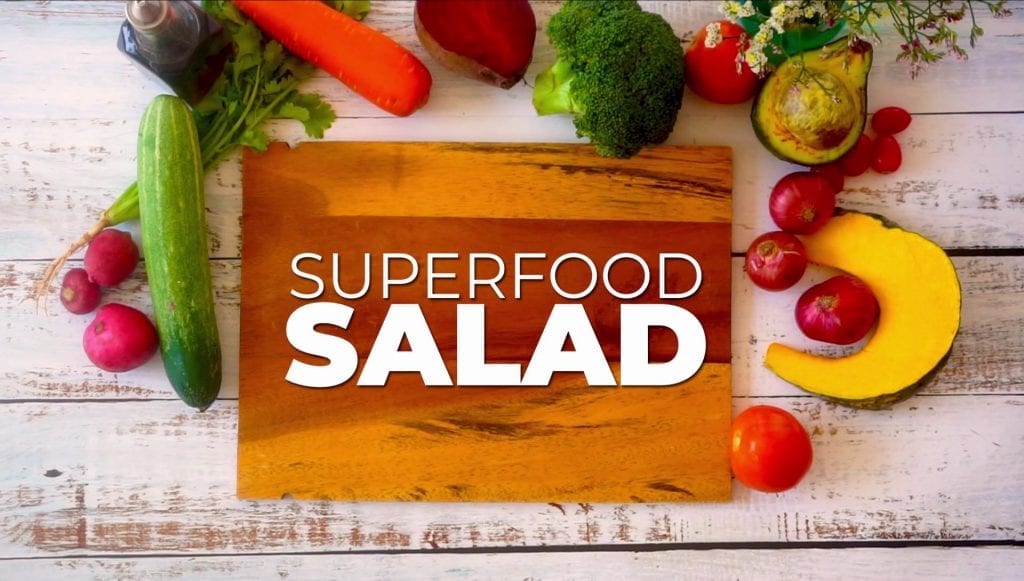 As each superfood contains different types and amounts of nutrients, they all have a different health benefit. Those benefits include improved physical and mental health, a stronger immune system, increased resistance to disease, increased metabolism enabling you to burn more calories, a reduced risk of cancer and increased protection for your heart.
As each superfood contains different types and amounts of nutrients, they all have a different health benefit. Those benefits include improved physical and mental health, a stronger immune system, increased resistance to disease, increased metabolism enabling you to burn more calories, a reduced risk of cancer and increased protection for your heart.
These benefits have led to superfoods being positioned in the market between food and medicine. They provide a bit of additional insurance for your health and, as part of a healthy balanced diet, will lead to increased energy levels and an overall feeling of well-being. This has made them more enticing for consumers, who will happily pay a higher premium for them.
New superfoods are being recommended each year and health advocates use their wisdom and creativity to identify the new superfoods, which can differ based on the season, the location and the budget of the consumer. Keeping up with these trends will allow you to adapt your diet to suit your lifestyle.
Some people may say that you can achieve the same results with a simple daily dosage of multivitamins, however, superfoods go above and beyond the impact of a multivitamin. Although both provide a burst of essential vitamins and minerals, with a superfood you are also receiving doses of fibre, protein, healthy fats and other health-promoting compounds.
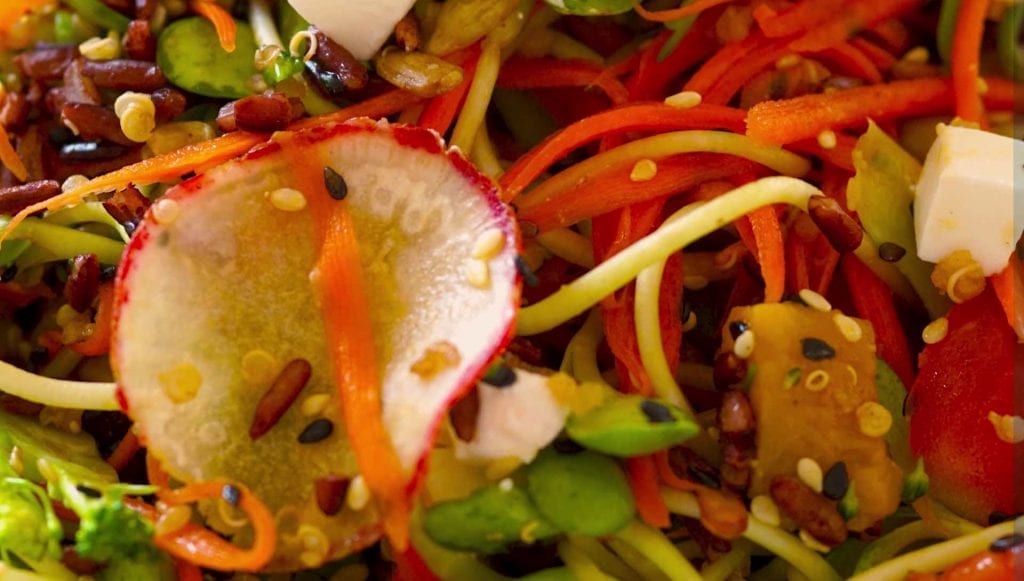 Many superfoods are also on the lists of the best foods to be eaten for weight loss, disease prevention and improved health, although it is important to realise that they are not an immediate cure for a medical problem. Similarly, eating superfoods alongside an unhealthy diet will not cancel out the impacts of the unhealthy food.
Many superfoods are also on the lists of the best foods to be eaten for weight loss, disease prevention and improved health, although it is important to realise that they are not an immediate cure for a medical problem. Similarly, eating superfoods alongside an unhealthy diet will not cancel out the impacts of the unhealthy food.
There is a comprehensive list of superfoods that can be benefit your health. In order to make it easier to discuss them, superfoods can be split into four different categories; Green, Fruits & Nuts, Herbs and Other foods.
Green superfoods encompasses a wide variety of green vegetables, all of which are known to contain significant amounts of proteins, vitamins, minerals and healthy bacteria. Examples of green superfoods are wheat grass, spirulina, green leafy vegetables such as kale, spinach and lettuce, and peas, beans and lentils which includes broccoli and legumes.
Kale is known as one of the most nutrient-dense vegetables there are. A single portion of kale daily can provide you with 684% of your vitamin K, 206% of your vitamin A and 134% of your vitamin C requirements. A great way to include plenty of Kale in your diet is with the inclusion of a daily juice. Containing a mixture of fruits and vegetables, a pressed juice is a great and tasty way to help you meet your daily nutrient requirements.
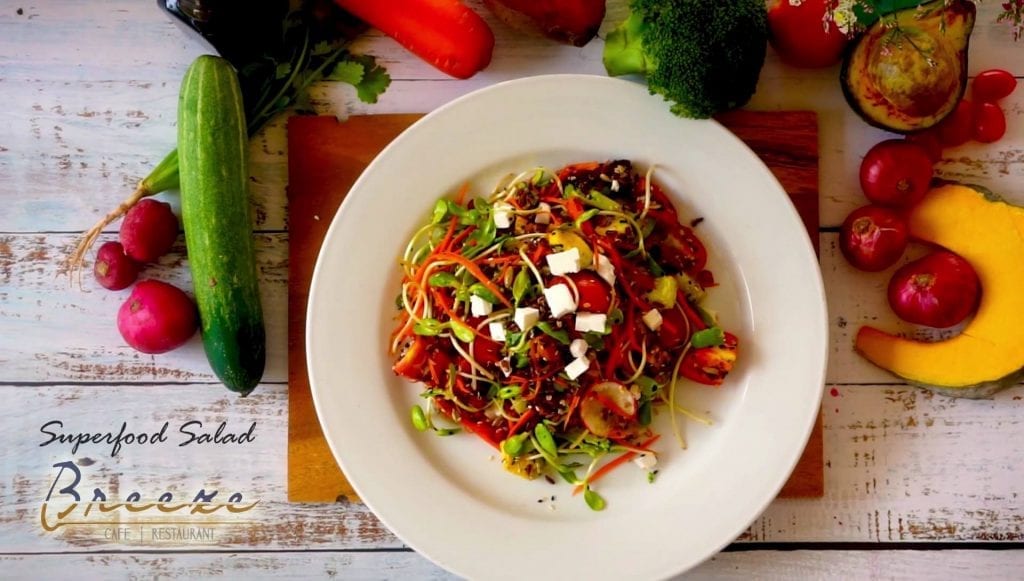 Fruit & Nut superfoods all contain valuable properties to help the body kill harmful bacteria. There are many different types of fruits and nuts which fall under this category but the most common ones are blueberries, cranberries, pomegranate, almonds, walnuts, raw cacao and coconut.
Fruit & Nut superfoods all contain valuable properties to help the body kill harmful bacteria. There are many different types of fruits and nuts which fall under this category but the most common ones are blueberries, cranberries, pomegranate, almonds, walnuts, raw cacao and coconut.
Herb superfoods consist of many healthy herbs which are loaded with vitamins. In addition to the vitamins, many herbs also contain medicinal properties which are beneficial to the body. The following are some examples of these herbs:
- Nettles – increases thyroid function and metabolism as well causing the release of mucus in the colon which assists in the flushing of waste from the body.
- Aloe Vera – contains 75 healing compounds which include amino acids, antibiotic agents, enzymes and minerals. A healer for burns, cuts, bruises and skin conditions due to its high levels of natural sulphur.
- Echinacea – well-known for its ability to help ward of colds & flu, it is a natural antibiotic that stimulates the immune system to help build up your body’s natural resistance.
- Ginseng – used for handling stress and increasing energy levels, it is also useful after illness or surgery due to its therapeutic and infection fighting qualities
The final category of superfoods is classed as “Other”. This includes many different products such as bee pollen, honey, royal jelly and a diverse range of seaweed, which is the richest source of mineral in the plant kingdom due to its location in the ocean.
Incorporating superfoods into your diet is easy. They can be cooked, although be careful how you cook them as high heat will damage and water-soluble vitamins and destroy the antioxidants, but the best way to eat them is in their raw natural state.
They can be eaten straight up on their own as a snack, or used with other ingredients from a healthy balanced diet to create a variety of appetising meals. A great way to use multiple types of superfood is to create a delicious and healthy salad. Providing you with a whole host of nutrients, a superfood salad is also tasty and filling. Why don’t you come down to Breeze Koh Tao today and give ours a try, or follow our video and make your own at home.

